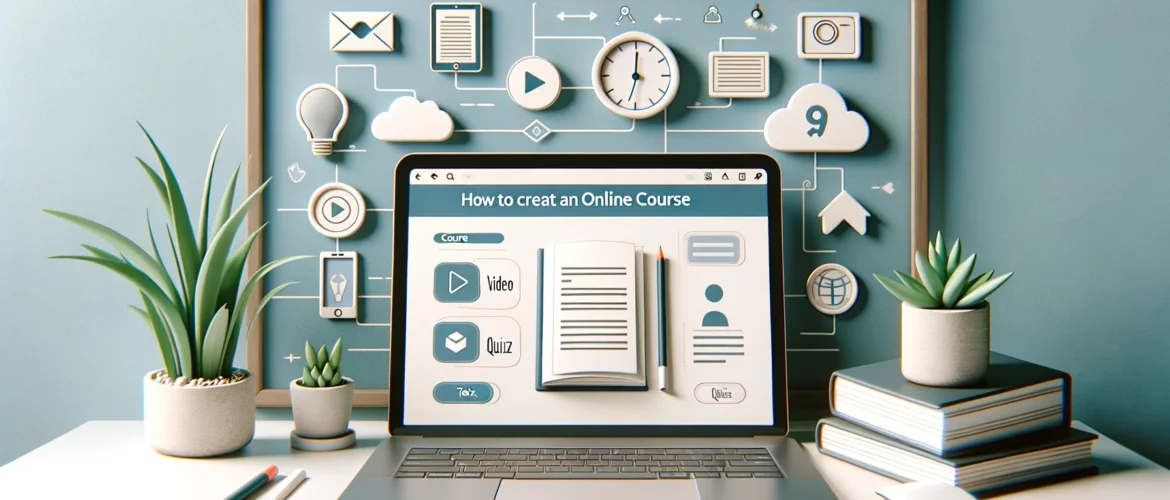Blogs and Articles
From Cloud Computing to IoT: Navigating the Tech Landscape in Online Education
- March 6, 2024
- Posted by: GnosisHub

In the rapidly evolving world of online education, two technological paradigms stand out for their transformative impact: Cloud Computing and the Internet of Things (IoT). These technologies are not just reshaping the infrastructure behind online learning; they’re revolutionizing the way educators teach and learners engage with content. This blog post delves into how cloud computing and IoT are driving innovation in online education, offering insights into navigating this complex yet exciting tech landscape.
The Cloud: A Foundation for Flexibility and Scalability
Cloud computing has emerged as the backbone of online education, providing the flexibility and scalability necessary to support diverse learning environments. By leveraging cloud services, educational institutions and online course providers can easily store vast amounts of educational content and make it accessible to learners worldwide, irrespective of geographical constraints.
Key Benefits of Cloud Computing in Education:
- Scalability: Cloud services can dynamically scale resources based on the demand, ensuring a seamless experience for a fluctuating number of learners.
- Accessibility: Cloud-hosted platforms enable students to access learning materials anytime, anywhere, fostering a flexible learning environment that accommodates different schedules and learning paces.
- Cost-Effectiveness: With cloud computing, educational institutions can reduce the overhead costs associated with maintaining physical IT infrastructure, allowing for more budget to be allocated towards improving educational content and delivery.
IoT: Enhancing Interactivity and Engagement
The Internet of Things (IoT) is set to further enrich online education by introducing a new level of interactivity and engagement. IoT devices, from smart whiteboards to wearable technology, can collect and analyze data in real-time, providing educators with insights into learner engagement and performance. This data-driven approach enables the personalization of learning experiences, making education more responsive to individual learner needs.
Innovations Enabled by IoT in Education:
- Interactive Learning Environments: IoT devices can transform traditional learning spaces into interactive environments that stimulate engagement and facilitate hands-on learning experiences, even in a remote setup.
- Real-Time Feedback: Wearables and other IoT devices can provide learners and educators with real-time feedback, allowing for immediate adjustments to teaching strategies and study habits.
- Enhanced Accessibility: IoT technologies can assist learners with disabilities by offering more accessible learning tools and resources, ensuring that education is inclusive and equitable.
Navigating the Tech Landscape
While the integration of cloud computing and IoT in online education offers numerous benefits, it also presents challenges, particularly in terms of data security and privacy, technological disparities, and the need for digital literacy among educators and learners alike. Navigating this landscape requires a strategic approach:
- Embrace a Culture of Continuous Learning: Educators and institutions should foster a culture of continuous learning, where staying updated with the latest technological advancements is prioritized.
- Invest in Digital Literacy: Ensuring that both educators and students possess the digital literacy skills necessary to navigate online learning platforms and IoT devices is crucial for maximizing the benefits of these technologies.
- Prioritize Data Security: Implementing robust data security measures is essential to protect sensitive educational data and maintain the trust of learners.
- Promote Accessibility and Inclusion: Technologies should be leveraged to make learning more accessible to all students, including those with disabilities, ensuring that the benefits of online education are equitably distributed.
Looking Ahead
As cloud computing and IoT continue to evolve, their impact on online education will only grow more profound. By embracing these technologies, educators and institutions can enhance the learning experience, making it more personalized, engaging, and accessible. The future of online education lies in effectively navigating the tech landscape, harnessing the potential of these innovations to meet the diverse needs of learners around the globe. The journey from cloud computing to IoT represents a pivotal shift in online education, marking the transition towards a more interconnected, intelligent, and learner-centric educational landscape. As we navigate this journey, the focus should always remain on leveraging technology to enhance educational outcomes and prepare learners for the challenges of the digital age.
